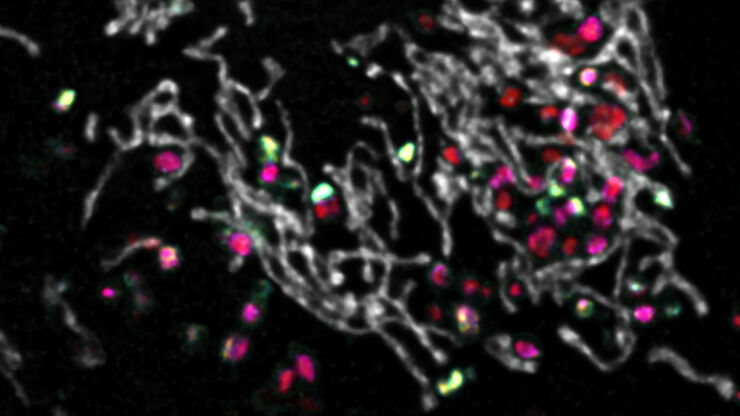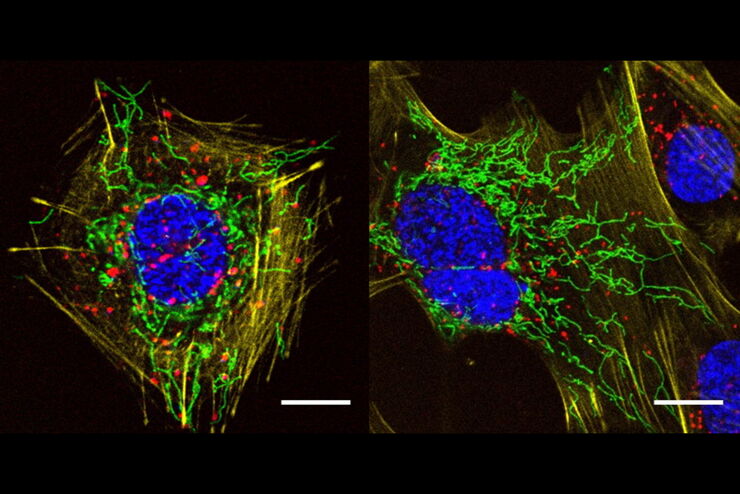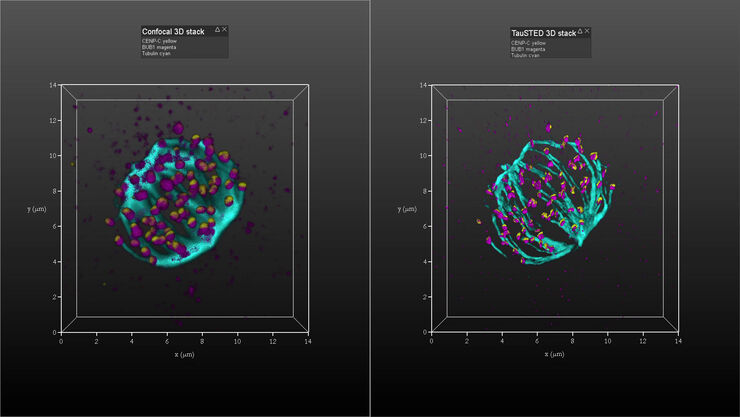Julia Roberti , Dr

Julia studierte Chemie an der Universität von Buenos Aires, wo sie sich mit Photochemie und analytischer Chemie beschäftigte. Sie konzentrierte sich auf die Charakterisierung der Lumineszenz von Lanthanidkomplexen und auf die Entwicklung von Bor-Quantifizierungsmethoden für die Bor-Neutroneneinfangtherapie (BNCT) von Krebs. Nach ihrem Abschluss ging sie nach Göttingen, um am Max-Planck-Institut für Biologische Chemie zu promovieren. Sie entwickelte In-vitro- und In-situ-Fluoreszenzmarkierungsstrategien, um die Oligomerisierungs- und Aggregationsmechanismen des mit der Parkinsonschen Krankheit assoziierten Proteins Alpha-Synuclein aufzuklären. Im Jahr 2012 kam sie als Humboldt-Postdoc-Stipendiatin ans EMBL und setzte fortschrittliche konfokale Mikroskopie und Nanoskopie ein, um die Chromatinverdichtung am Übergang von der Interphase zur Mitose zu untersuchen. Seit 2017 ist sie bei Leica Microsystems als Produktmanagerin für fortschrittliche konfokale Bildgebung tätig.





